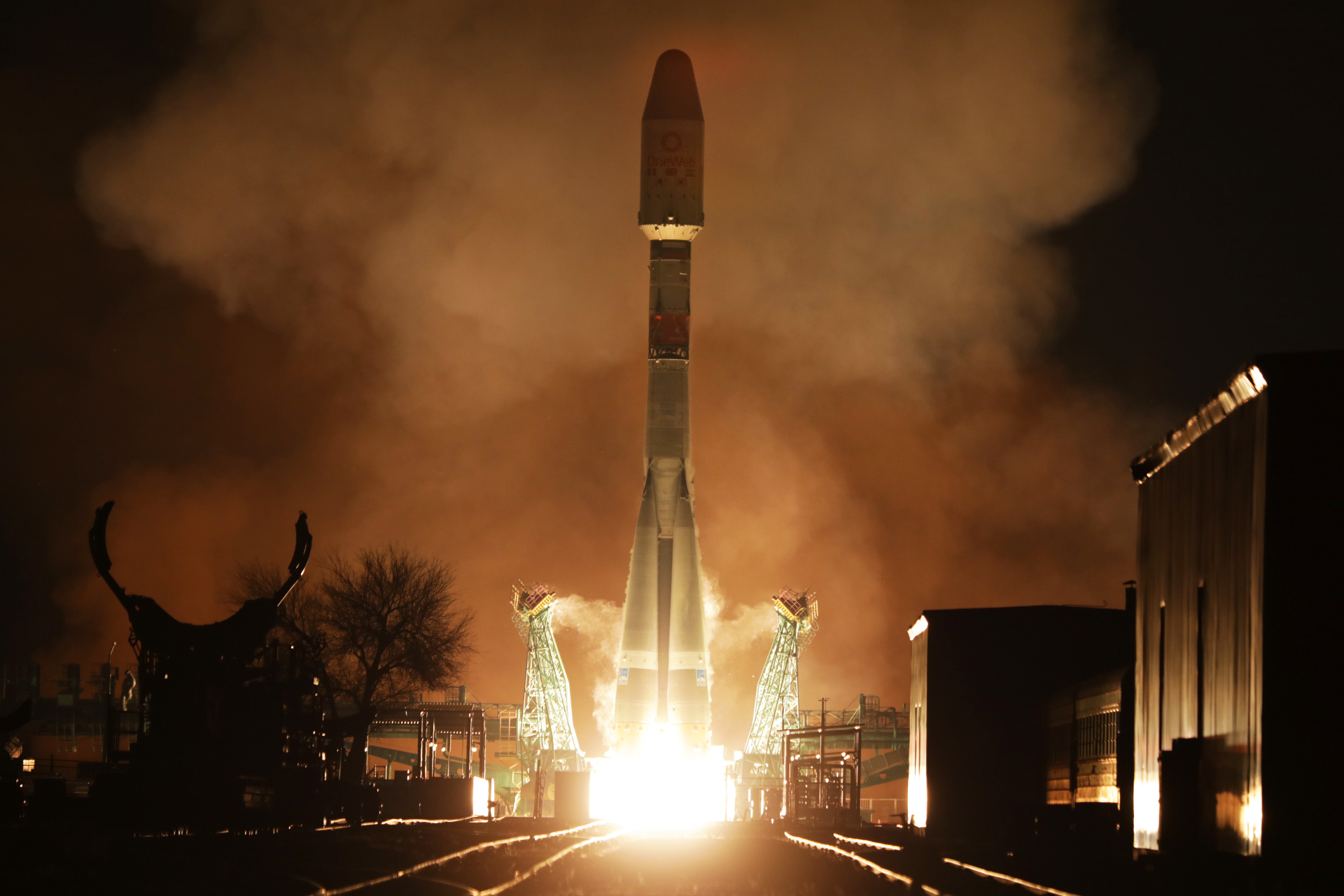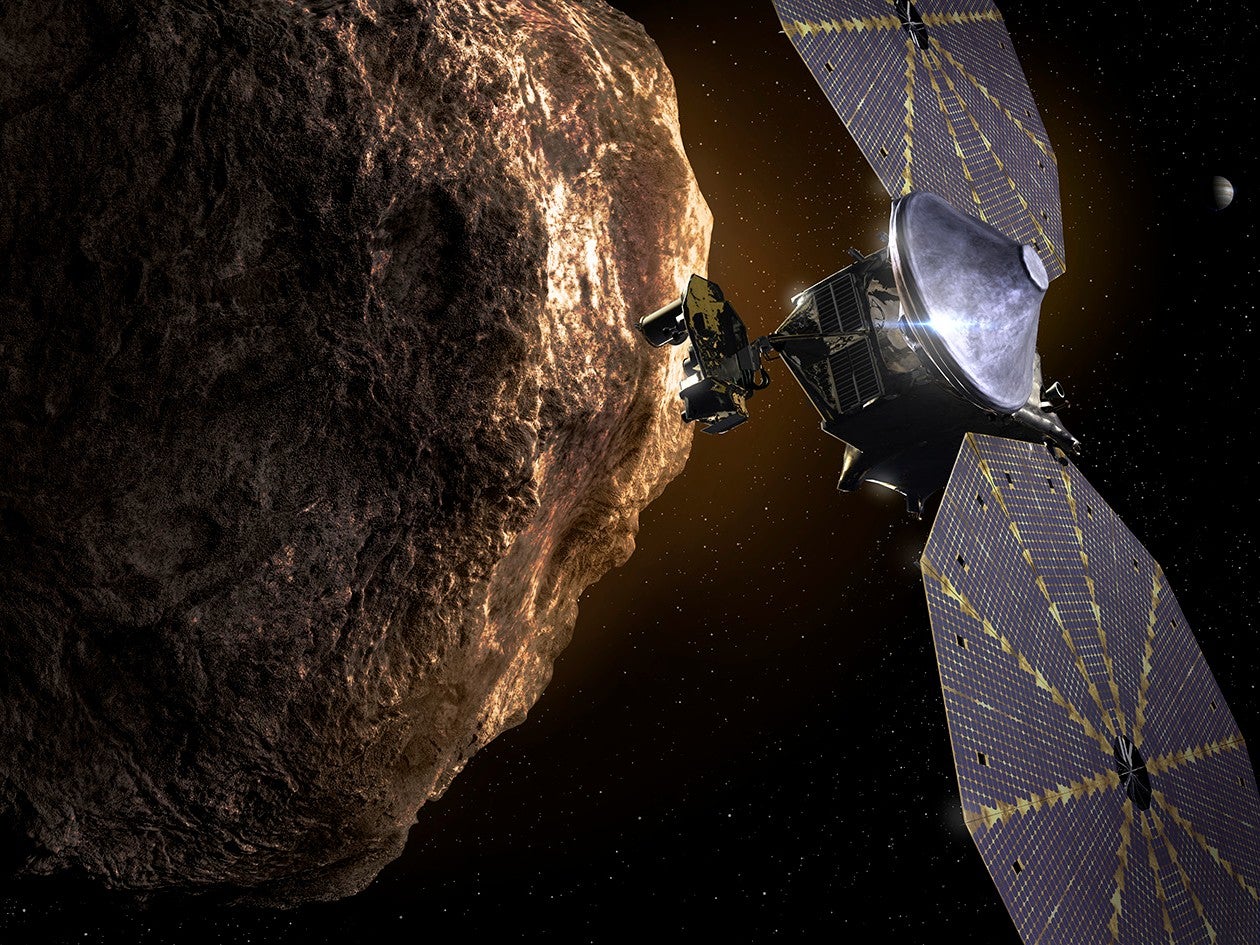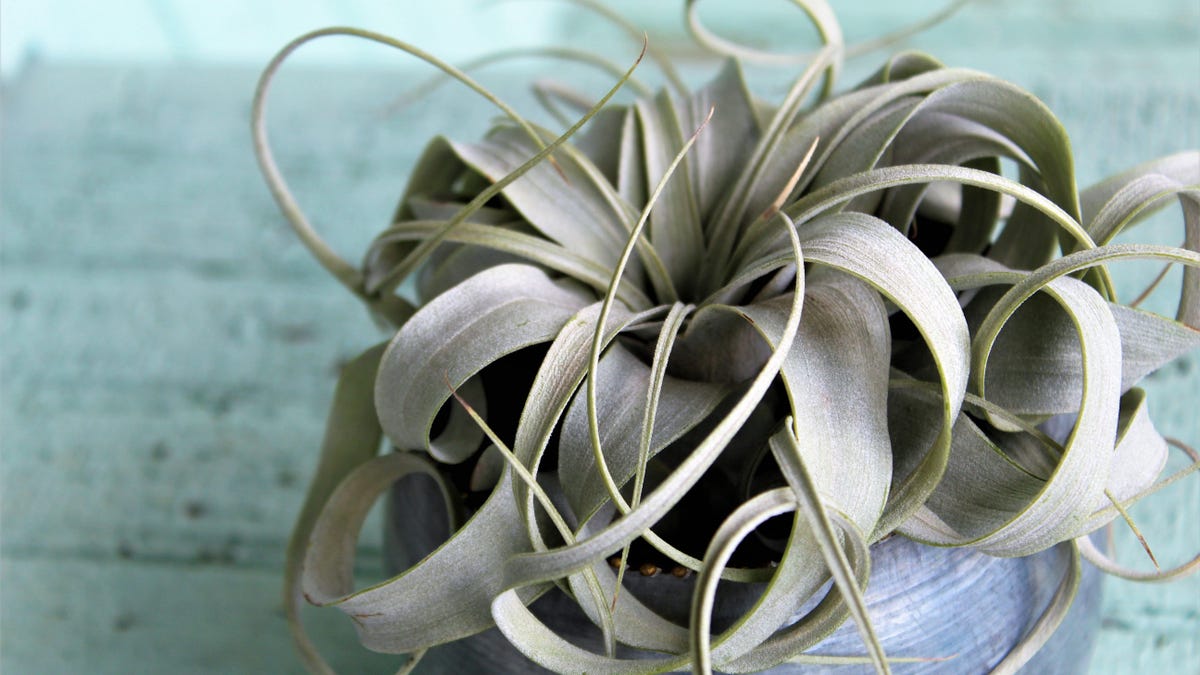
HELSINKI — China’s human spaceflight agency has revealed the exterior design of the spacesuit for the country’s future crewed lunar landing missions.
The China Manned Space Agency (CMSA) unveiled the extravehicular lunar suit Sept. 28 in Chongqing, southwest China. CMSA is also soliciting suggestions for a name for the suit.
The suit is being developed as one element of China’s goal of landing astronauts on the moon before 2030. China is also currently working on a new human-rated launcher, the Long March 10, a deep space crew spacecraft and a crew lander for the mission. A crew rover is also being designed.
As part of the reveal, a promotional video showcased both the outer appearance and the suit’s key capabilities. Astronauts Wang Yaping, China’s second woman in space, and Zhai Zhigang modeled the EVA suit.
The suit is described as having a comprehensively protective fabric that shields against the harsh thermal environment and lunar dust. The helmet features a panoramic, anti-glare visor. The helmet also carries separate long and short focal length cameras. A multi-functional integrated control console is on the chest.
The suit also carries elements of Chinese culture. The red stripes on its upper sections are inspired by ribbons from the famous “flying apsaras” of Dunhuang art. The overall design of the lunar suit was stated to draw on the style of traditional Chinese armor.
In contrast to China’s Feitian EVA suit used in low Earth orbit, the lunar suit one is designed to be lightweight, catering to the demands of activities in a low-gravity environment. It allows for movements such as squatting and bending.
“The suit allows for more actions. So in various postures, the fitness shouldn’t be affected after a posture change. Therefore it requires a better fit on the human body,” Wang Chunhui, deputy chief designer of the astronauts training systems at the China Astronaut Research and Training Center, told China Central Television (CCTV).
Wang stated that the suit was designed to handle various harsh conditions. Complex environmental factors include vacuum and low gravity, lunar dust and regolith, complex surface topography, and extreme high and low temperatures. It also needs to protect astronauts from a high radiation environment.
“Considering that they are working under one-sixth gravity, in order to reduce the metabolic load of the human body, it is a must to greatly reduce the suit’s weight,” Wang said. “As astronauts will walk on the lunar surface and carry out scientific research activities, the spacesuits must have better ergonomic support capabilities, and be smaller and more integrated,” he added.
China’s crewed landing plan is for two astronauts to make a short, roughly six-hour-duration stay on the lunar surface. However, the mission is part of a longer-term lunar exploration effort.
The country will send robotic missions to the lunar south pole in 2026 and 2028 for resource surveys and in-situ resource utilization tests as a precursor to a moon base. The International Lunar Research Station (ILRS) is to be built in the 2030s. It will eventually be capable of hosting short term human stays.
NASA, meanwhile, is working on its Artemis program to return astronauts to the moon and build a sustained lunar presence.
The Artemis 3 crewed landing mission is currently scheduled for no earlier than September 2026. However, the agency’s own analysis suggests potential significant delays for the Artemis 3 lunar lander.
NASA selected Axiom Space in 2022 to develop a spacesuit to be used on the Artemis 3 mission.
Both China and NASA are engaged in efforts to attract partners for ILRS and Artemis respectively.
Andrew Jones covers China’s space industry for SpaceNews. Andrew has previously lived in China and reported from major space conferences there. Based in Helsinki, Finland, he has written for National Geographic, New Scientist, Smithsonian Magazine, Sky…
More by Andrew Jones
Note: This article have been indexed to our site. We do not claim legitimacy, ownership or copyright of any of the content above. To see the article at original source Click Here














